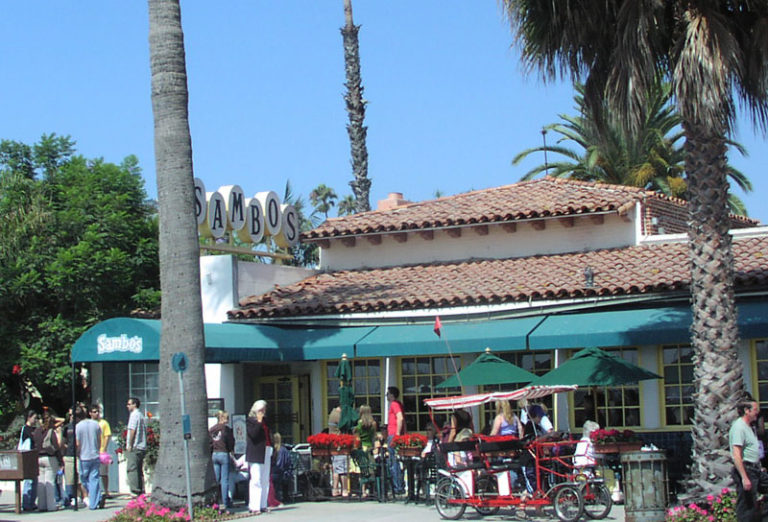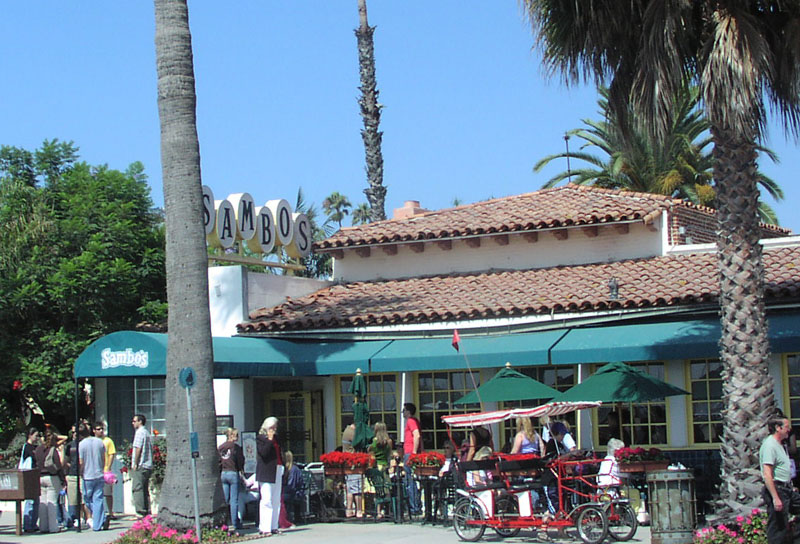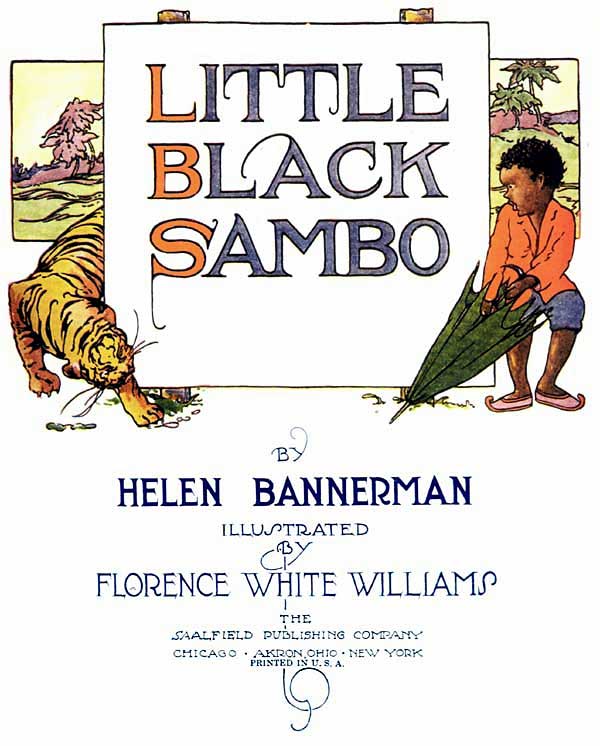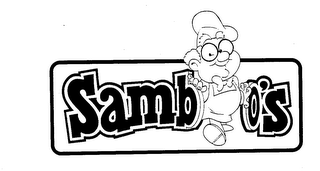
When it comes to the restaurant industry, it’s no secret that public relations can destroy a business. Some PR gaffes, such as Buddha Bar’s virally scathing review, can be overcome with some tactful brushing under the rug. Others, however, get worse as years pass. Such was the case with Sambo’s, formerly one of the most popular pancake house chains in America.

Sambo’s PR scandal was a rarity in the sense that it didn’t revolve around bad food, bad service, or a restaurant owner involved in illegal activities. The reason this restaurant became a defunct food chain had everything to do with its extremely unfortunate name and marketing campaign.
Sambo’s was named after the two owners, who established the restaurant during the 1950s. The unfortunate moniker was a portmanteau Sam Battistone Sr.’s first name and Newel Bohnett’s last name. Unfortunately, they couldn’t have picked a worse name.

You might recognize the term “sambo” as a derogatory name for people of color—and you’d be correct. The term comes from an old children’s book, The Tale of Little Black Sambo, a slave who had a run-in with tigers. Even during the 1950s, the name was associated with the stereotype of the “lazy, dimwitted, but loyal slave.”
In modern day culture, naming a restaurant “Sambo’s” would be unthinkable, but it was a different time back then. Knowing of the story, the two decided to make Sambo and the tiger restaurant mascots. Their ad campaigns had two caricatures plastered on ads, featured in commercials, and even used as decor on restaurant walls.
For a while, business boomed. Over 1,110 locations were established across the country. People in the 1960s just didn’t care about racial stereotypes, but slowly, an undercurrent of anger started to boil. To fix the gaffe, the owners switched the original mascot with a light-skinned, turban-wearing Indian boy.

Obviously, this switch wasn’t much better. Soon, they had to revamp the mascot and advertising campaigns again. This time, Sambo was made out to be a goofy-looking baby genie wearing a chef’s hat. Even so, the name’s damaging history was too much to overcome.
Sambo’s name began to get repeatedly challenged by the NAACP and other civil rights groups, who rightfully called it racist. By the 1970s, people began to protest at the restaurants’ doors. Sambo’s legal team responded by trying to sue protesters and get them arrested. It didn’t go over well. Protests and flyers warning others not to patronize Sambo’s became increasingly commonplace.
After taking protesters to court and failing, the company was desperate to escape their racist reputation, and started renaming restaurants No Place Like Sam’s or Jolly Tiger. Nothing seemed to put out the PR fire the name caused.
The attempt came way too late.
By the time that restaurants started getting the much-needed full overhaul, people were already aware that Sambo’s capitalized off racism. One by one, stores began to close, unable to deal with the negative press they garnered from the foul name. By the mid-80s, fewer than 800 stores remained.
Though the PR scandal quashed Sambo’s success at the height of its popularity, the chain itself technically isn’t completely dead. Sambo’s now has only one store open—the original location in San Bernadino. Had they chosen a different name and theme, it is very likely that the chain would have overtaken IHOP as the biggest pancake house in the nation.
The restaurant and its wild history now serves as one of the most striking cautionary tales of what can go wrong when you don’t choose a name wisely. Scary, isn’t it?